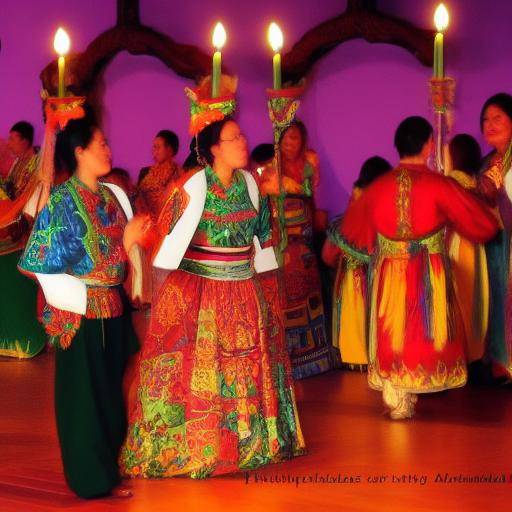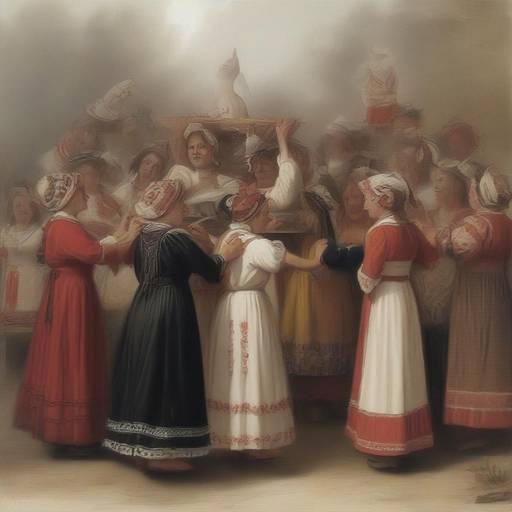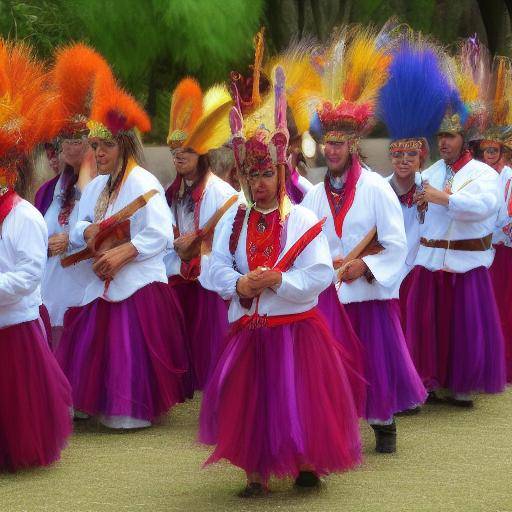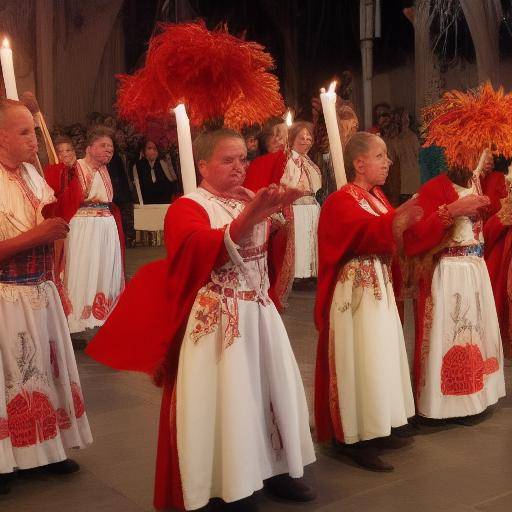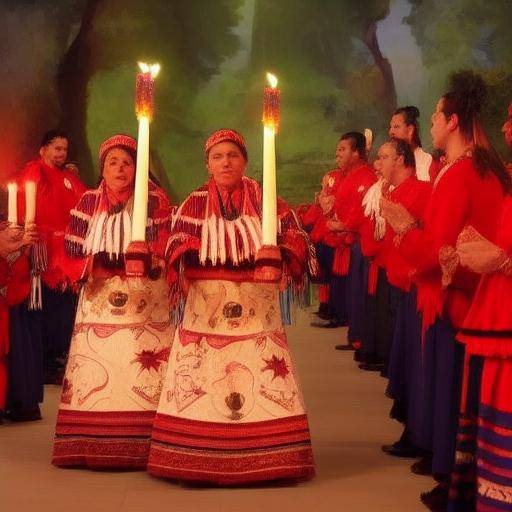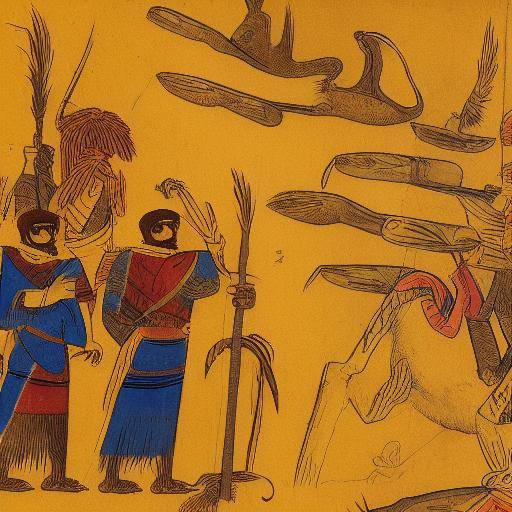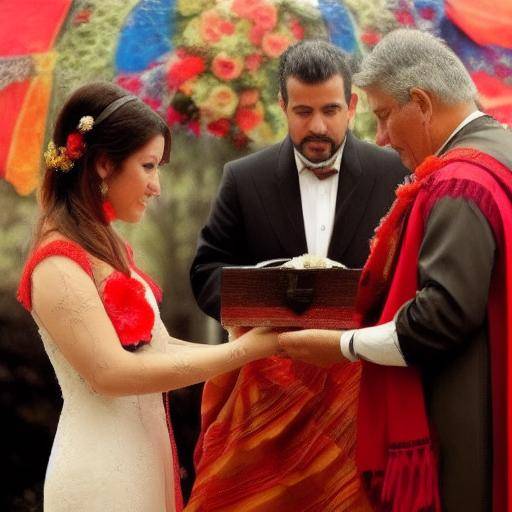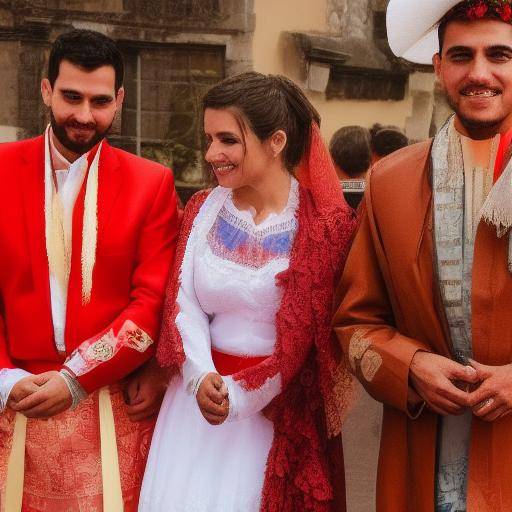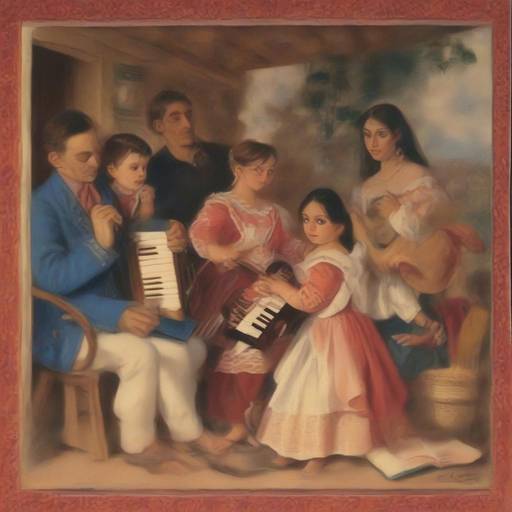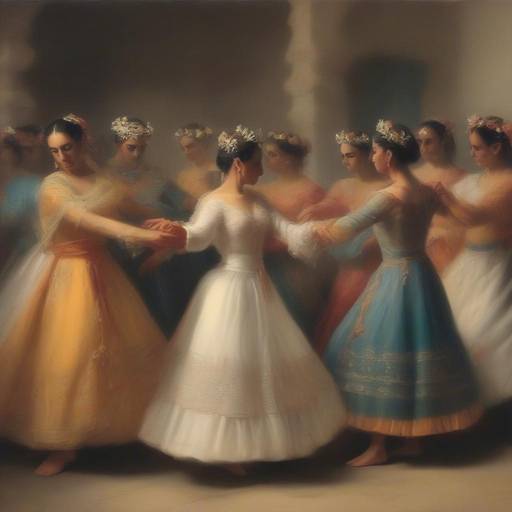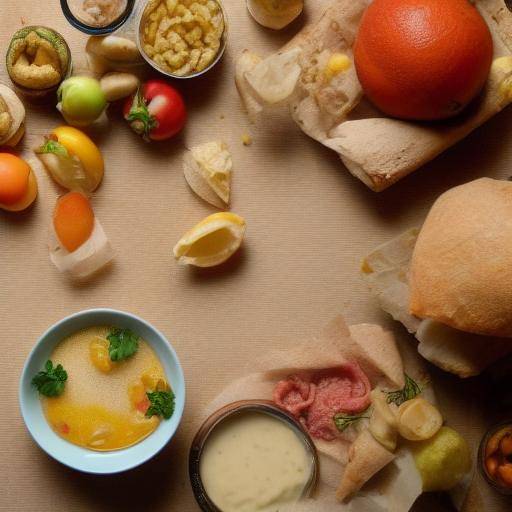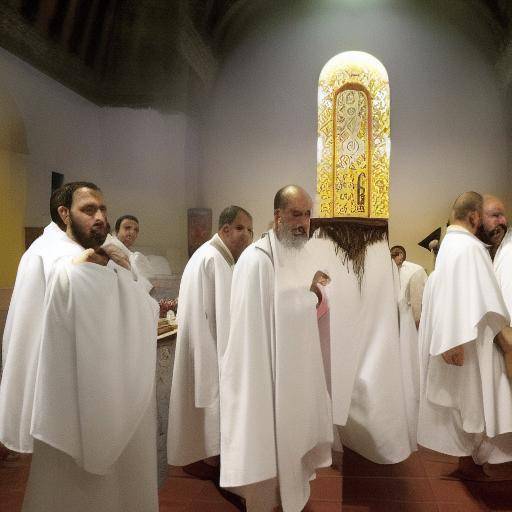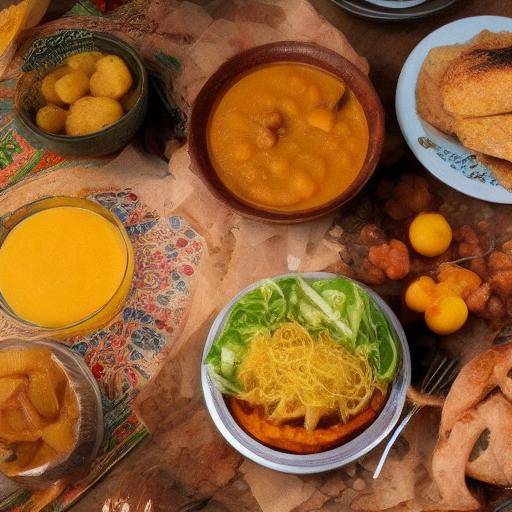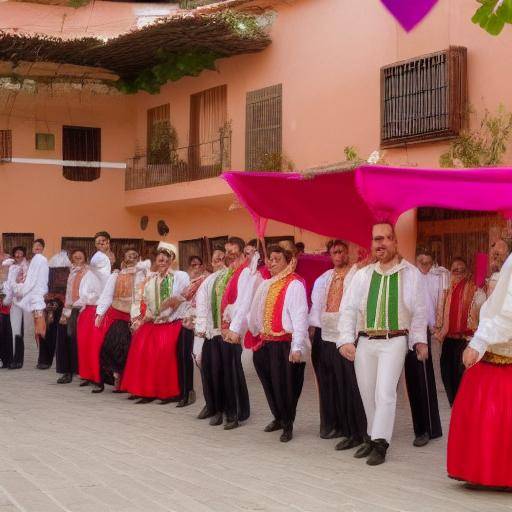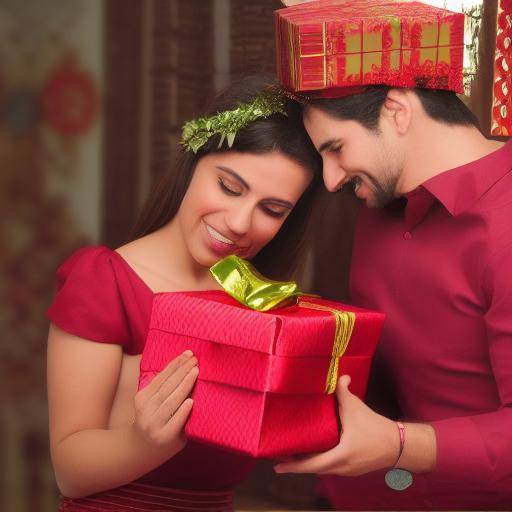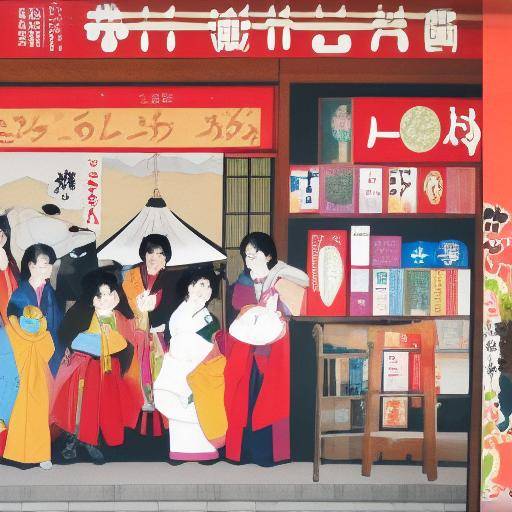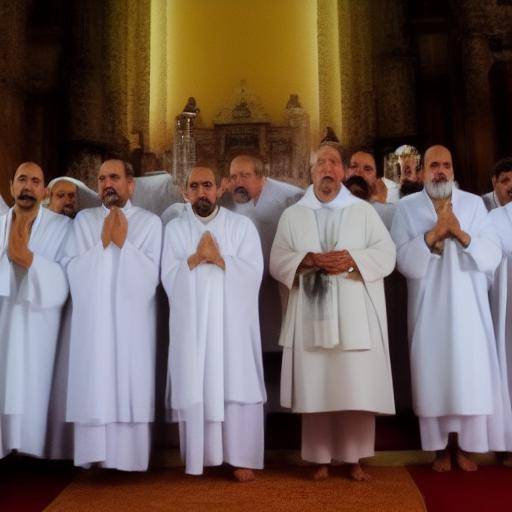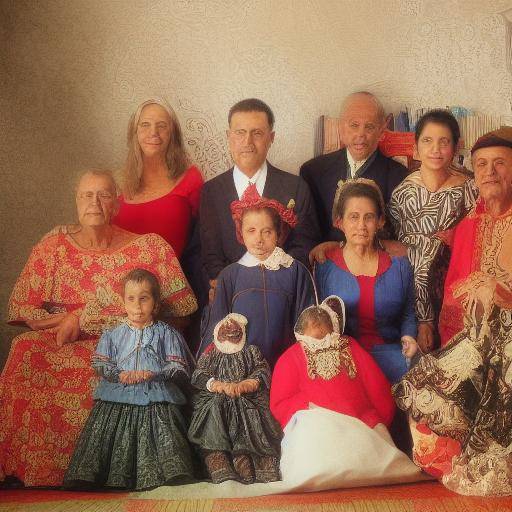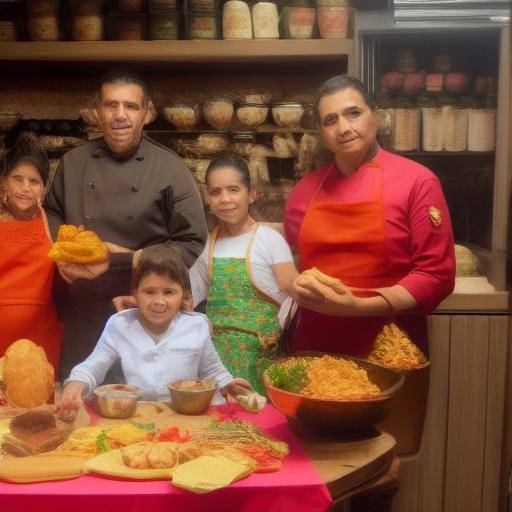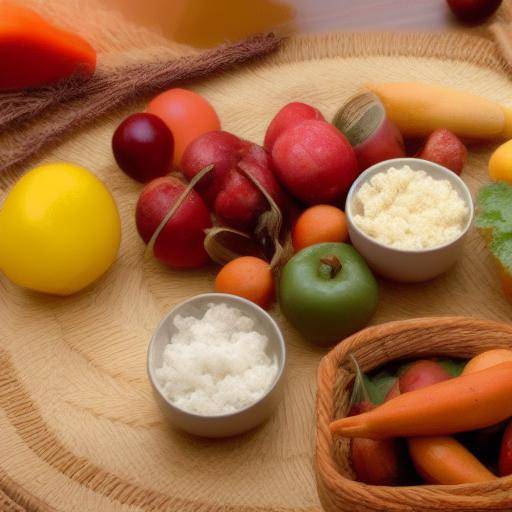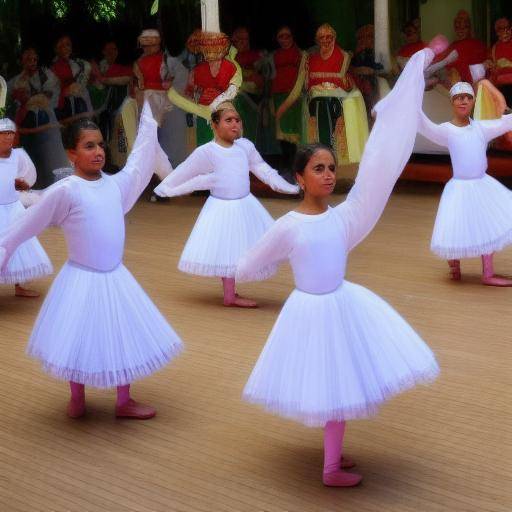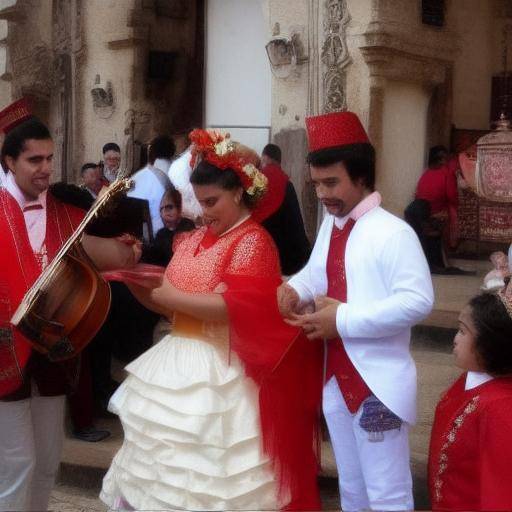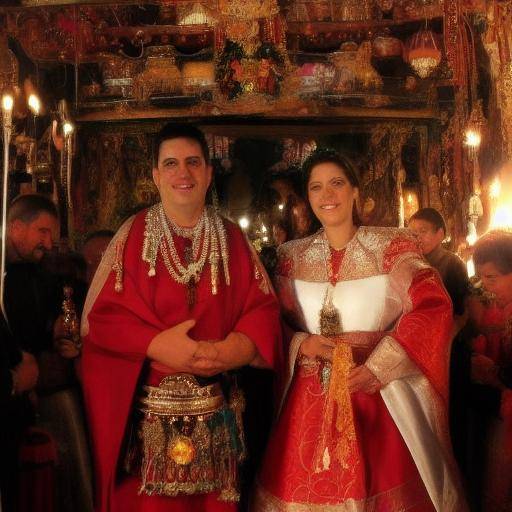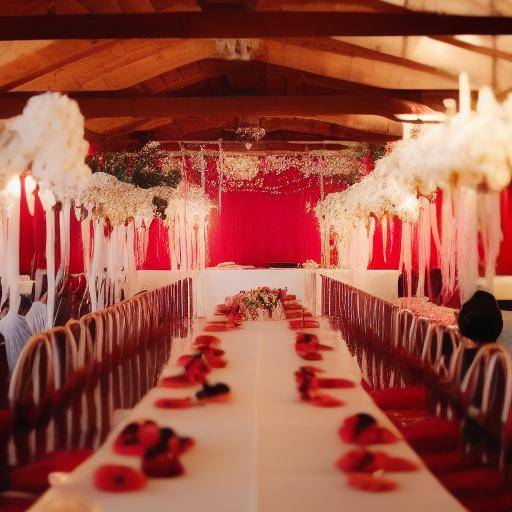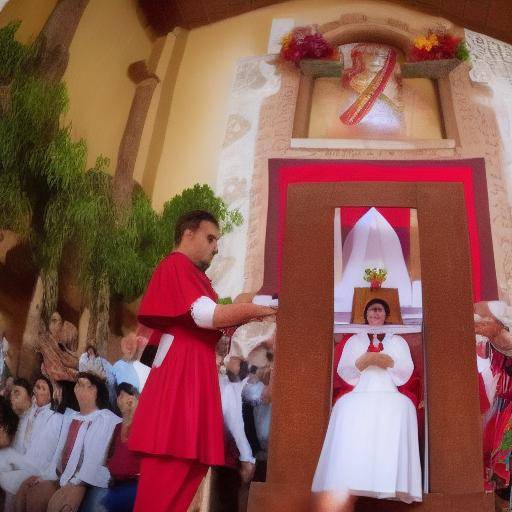
Introduction
Marriage ceremonies are events full of symbolism, meaning and tradition. Throughout history, these ceremonies have played a central role in cultures around the world, celebrating the union of two people in marriage. In this article, we will explore in detail the crucial role of ceremonies in marriage traditions, from their historical origin to their present application. We will discover how these ceremonies reflect cultural diversity, shared values and the evolution of human relations over time. Prepare to immerse yourself in a journey through the different cultural practices and meanings that surround marriage ceremonies.
History and Background
Marriage ceremonies have deep roots in the history of humanity, transcending cultures, religions and eras. From ancient civilizations to contemporary traditions, the act of joining two people in marriage has been an event of great social, emotional and spiritual importance. In this section, we will explore the evolution of marriage ceremonies over time, from their origins to current practices.
Old societies, such as Egyptian and Roman, had their own ways of celebrating and solemnizing marriages. The importance of marriage ceremonies in these cultures was evident in the elaborate traditions and rituals that accompanied marriage contracts. As civilizations evolved, marriage ceremonies acquired new meanings and symbolisms, influenced by factors such as religion, politics and local customs.
The arrival of Christianity and other organized religions brought with it significant changes in marriage practices, establishing specific rituals and ceremonies that continue today. The Catholic Church, for example, introduced the sacrament of marriage as a sacred ceremony, raising its importance in the life of the faithful. Over time, these religious influences intertwined with cultural traditions, leading to a wide range of marriage ceremonies around the world.
The evolution of modern society has brought new perspectives on marriage, which is reflected in contemporary ceremonies. From traditional weddings to personalized ceremonies, couples seek ways to express their love, commitment and values through meaningful and symbolic rituals. Today, marriage ceremonies are a unique combination of cultural heritage, personal expression and collective celebration.
Current Benefits, Challenges and Trends
The role of ceremonies in marriage traditions goes beyond simply joining two people in marriage. These celebrations offer a variety of benefits, challenges and trends that reflect the complexity and diversity of love and union.
Marriage ceremonies provide a sacred space to honor the emotional and spiritual bonds that bind couples. Through symbolic rituals, such as the exchange of vows and rings, couples express their commitment and mutual love to the assembled community, thus strengthening their sentimental and social ties.
However, the planning and implementation of a marriage ceremony also presents unique challenges. From the management of guests' expectations to the coordination of ceremonial elements, couples face multiple decisions that can influence the overall experience of the celebration.
At present, trends in marriage ceremonies are undergoing significant changes. Couples seek to incorporate personalized and significant elements into their ceremonies, sometimes moving away from the traditions rooted in favor of more authentic expressions of their love and commitment. In addition, cultural diversity and inclusion are increasingly present in marriage ceremonies, reflecting the wealth and variety of human relations in today's society.
Applications, Case Studies and Best Practices
The diversity of marriage ceremonies around the world gives us the opportunity to explore a wide range of applications, case studies and best practices. From rooted traditions to contemporary innovations, each ceremony offers unique lessons on the meaning and importance of marriage in different cultural and social contexts.
A particularly relevant case study is that of traditional marriage ceremonies in India. Here, weddings are events full of rituals and symbolisms, which reflect the country's rich cultural and spiritual heritage. The union of the couple is celebrated through elaborate ceremonies that vary according to the region, the caste and the community, providing a unique vision of the diversity of marriage practices.
On the other hand, custom ceremonies in the West, focused on individuality and creative expression, show us how couples adopt new ways of celebrating their love and commitment. By incorporating unique elements, such as thematic ceremonies or personalized vows, these weddings show us the unlimited possibilities of expression and meaning in contemporary marriage ceremonies.
Comparative analysis
By comparing marriage ceremonies in various cultures and contexts, we can identify similarities, differences and possible synergies that enrich our understanding of this fundamental aspect of human experience.
Despite variations in practices and traditions, marriage ceremonies share the common purpose of bringing two people together in a meaningful and lasting commitment. This emphasis on union and mutual commitment is a guiding thread that unites the different ceremonies, regardless of their cultural and religious diversity.
As for differences, each culture and region provides their own unique perspective on marriage, which is reflected in rituals, symbols and traditions associated with marriage ceremonies. For example, while some cultures emphasize the active participation of the community in celebrations, others emphasize the intimacy and romanticism of the union of the couple.
Possible synergies between different marriage practices offer opportunities for cultural exchange and mutual understanding. By exploring and comparing marriage ceremonies of different cultures, couples can find inspiration and enrich their own celebration by incorporating significant elements of different traditions.
Practical Tips and Accessible Tips
In planning a marriage ceremony, it is essential to consider practical aspects and actionable councils that help couples create a meaningful and successful celebration. Some practical advices include the importance of establishing a realistic budget, effective communication with suppliers and consideration of guest preferences and comfort.
Furthermore, it is crucial that couples consider the symbolic and emotional significance of each ceremonial element included in the celebration. From the choice of readings and music to the selection of custom rituals, each decision should reflect the unique story and values of the couple.
Conclusions and FAQs
Conclusions
Marriage ceremonies play a fundamental role in marriage traditions, offering a sacred and symbolic space to celebrate the union of two persons in marriage. Throughout history, these celebrations have evolved, adapting to sociocultural changes and reflecting the diversity of expressions of love and commitment around the world.
Frequently asked questions
1. What is the historical origin of marriage ceremonies?
Marriage ceremonies have ancestral roots dating back to ancient civilizations, where rituals were performed to solemnize the union of couples. These rituals evolved over time, incorporating religious, cultural and social influences, giving rise to the varied marriage practices we now know.
2. What is the importance of marriage ceremonies in contemporary society?
Marriage ceremonies continue to play a crucial role in contemporary society by providing space to celebrate the love, commitment and union of couples. These celebrations reflect cultural diversity, the evolution of relations and offer opportunities to honour family and community traditions.
3. How can couples incorporate significant elements into their marriage ceremonies?
Couples can customize their marriage ceremonies by incorporating significant elements that reflect their history, values and hopes for the future. This may include symbolic rituals, such as drawing up their own vows, choosing meaningful readings, and including important cultural rituals for them.
4. What are some emerging trends in marriage ceremonies?
Some emerging trends in marriage ceremonies include personalization, the inclusion of technology in the planning and implementation of the ceremony, as well as greater openness to cultural and religious diversity in the celebration of marriage.
5. Why is it important to consider cultural diversity in planning a marriage ceremony?
In considering cultural diversity, couples can enrich their celebration by incorporating significant elements of different traditions, thus honoring the wealth of cultural heritage and promoting mutual understanding within their communities.
6. What is the role of marriage ceremonies in building lasting relationships?
Marriage ceremonies provide a space for the celebration, reflection and affirmation of shared values in the couple. In honouring mutual commitment and reaffirming the importance of marriage, these ceremonies contribute to the building of lasting and meaningful relationships.
Conclusion
Marriage ceremonies play a fundamental role in marriage traditions, offering a sacred and symbolic space to celebrate the union of two persons in marriage. Throughout history, these celebrations have evolved, adapting to sociocultural changes and reflecting the diversity of expressions of love and commitment around the world. From its ancestral origins to contemporary practices, the role of ceremonies in marriage traditions remains a lasting witness of love, celebration and unity in the diversity of human experience.

